Sony A7S III vs Canon EOS R5: which is the best camera for you?
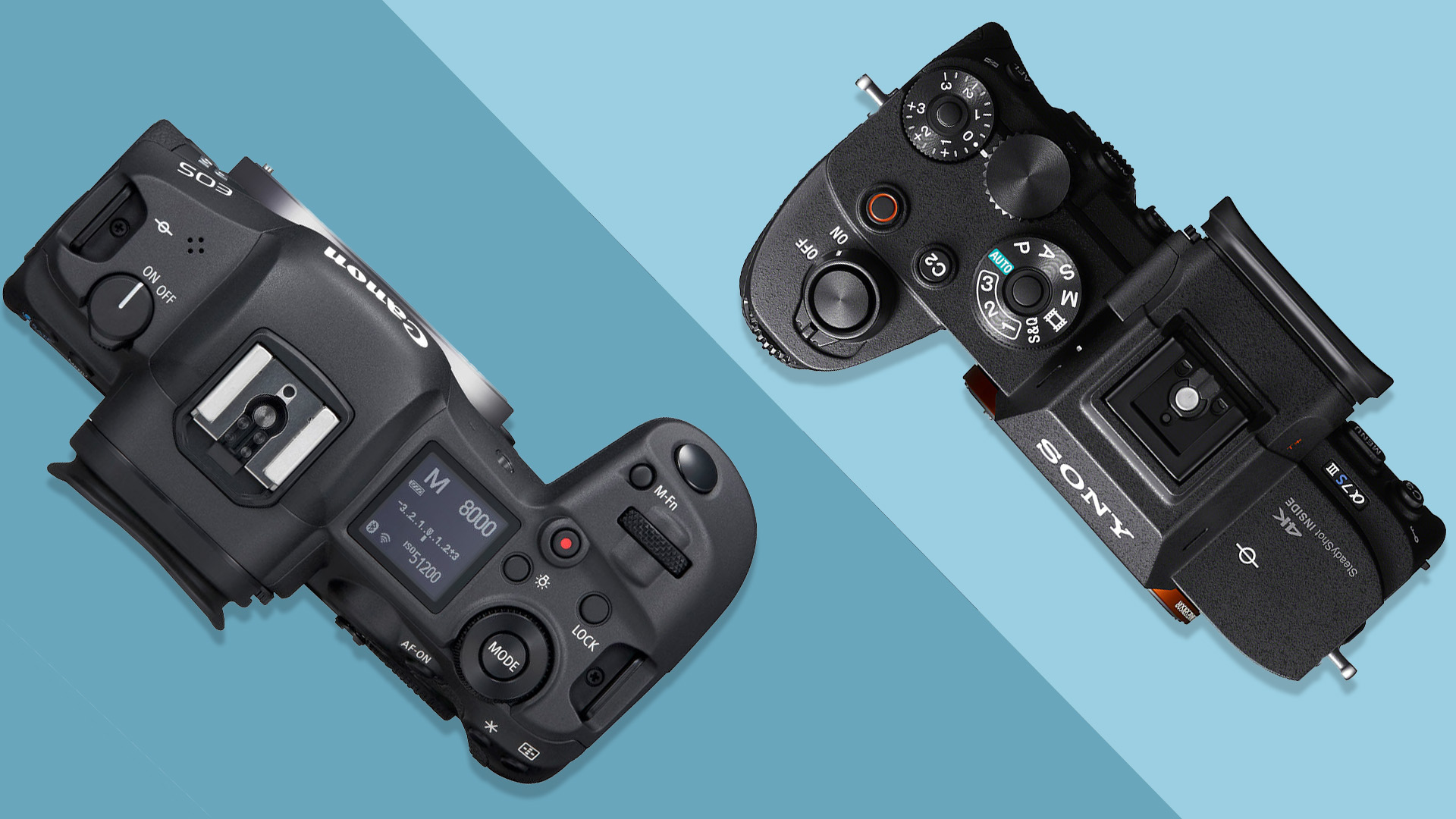
The Sony A7S III and Canon EOS R5 are two of the most fêted mirrorless cameras of the moment.
One is the long-awaited upgrade to a big favorite among video shooters. That is the 12MP Sony A7S III, the sequel to 2015’s Sony A7S II.
The other is a do-it-all hybrid camera. The Canon EOS R5 is a 45MP stills monster that can also shoot video at up to 8K resolution and has incredible 8-stop in-body image stabilization (IBIS).
The EOS R5 is a remarkable piece of equipment, but also demonstrates the benefits of a narrower focus. The Canon EOS R5 can only video shoot for a limited time at its highest quality settings, before needing to cool down.
If you’ll need to capture video in low light regularly, or in any lighting conditions for more than half an hour, the Sony A7S III is probably the better choice.
But what if you want to shoot a more varying mix of stills and video? Here the decision is a bit trickier, which is why we've compiled this in-depth comparison between the two cameras to help you decide.
- Read our in-depth Sony A7S III review
- Canon EOS R5 vs R6: 10 key differences you need to know
- Or check out our hands-on Canon EOS R5 review
Sony A7S III vs Canon EOS R5 price and availability
The Canon EOS R5 and Sony A7S III were both announced in mid-2020. Canon’s camera went on sale at the very end of July, while the Sony will start shipping in September 2020.
Which costs more? At this early stage the Canon EOS R5 does, and by a pretty big margin. It’s $3,899 / £4,199 / AU$6,899 without a lens, to the Sony’s $3499 / £3799 / AU$5,999.
A roughly ten per cent difference won’t matter to everyone, but the extra cash could go towards a new lens, or one of the ultra-fast CFexpress memory cards both cameras support. The Canon EOS R5 takes a CFexpress Type-B card, the Sony A7S III a Type-A card. They can also use SD cards.
Sony A7S III vs Canon EOS R5 design
The Sony A7S III is significantly smaller and lighter than the Canon EOS R5. It’s 9mm narrower, 7mm thinner and weighs 39g less.
This is no great surprise when Sony full-frame cameras are known for their relatively trim proportions. Both cameras are weather-sealed, with the Canon EOS R5 having a similar level of hardiness to the Canon EOS 5D Mark IV.
Their approaches to top plate controls are a little different, though. The Canon EOS R5 has a classic monochrome display up top alongside a couple of context-sensitive rotary controls.
The Sony A7S III’s layout is perhaps a little more accessible, with a traditional mode dial and dedicated exposure compensation wheel. Come to these cameras with no idea how to use them and you’re more likely to get started quickly with the Sony, but the Canon probably offers pros better scope for workflow tweaking.
Still, we’re not too sure too many beginners will, or should, buy $3,500-plus cameras.

Canon and Sony choose to spend the display budget differently too. The Sony A7S III has a fantastic EVF, the best we’ve seen to date.
It’s a 0.9x magnification display, with up to 120fps read out and a 9,437,184-dot resolution. Putting this through the number grinder, this works out at 2048×1536 pixels. That would be high for a tablet display, let alone an EVF.
The Canon EOS R5’s EVF is still great, but has much more familiar specs. It’s a 5.76-million dot OLED display, equivalent to 1600 x 1200 pixels. Look at those pixel figures and it may seem less of a huge resolution disparity, but the Sony does have the sharpest EVF you can get in 2020.
Whether or not you need the Sony's extra resolution is another matter – it doesn't refresh any quicker than the EOS R5's EVF, so it's mainly extra detail you're getting.
Things switch around when you look at the rear screens. The Sony A7S III has a 3-inch, 1.44-million dot screen (800 x 600 pixels), the Canon a slightly larger, sharper 3.15-inch 2.1-million-dot screen (960x720 pixels).
This may seem a bit odd when the Sony A7S III is a video-focused camera, which for most puts greater emphasis on the screen than the EVF. But let’s not forget the Sony has a smaller body, with tighter demands on the limited space. Both screens have vari-angle hinges, a big benefit for all the YouTubers and content creators out there.
- These are the best YouTube cameras you can buy right now
Sony A7S III vs Canon EOS R5 autofocus
Autofocus provides one of the biggest upgrades for the Sony A7S III over the A7S II. It has, just like the Canon EOS R5, on-sensor phase detection points.
The number of focus points matters much less than in a traditional DSLR phase-detection autofocus system, mostly because there are stacks of them these days. The Sony A7S III offers 769 points, while the Canon EOS R5 has 5,940 points when using 'single point' focusing.
Coverage is perhaps a better way to compare the two, but the Canon EOS R5 wins here as well. It has 100% sensor coverage, to the Sony’s 92%.
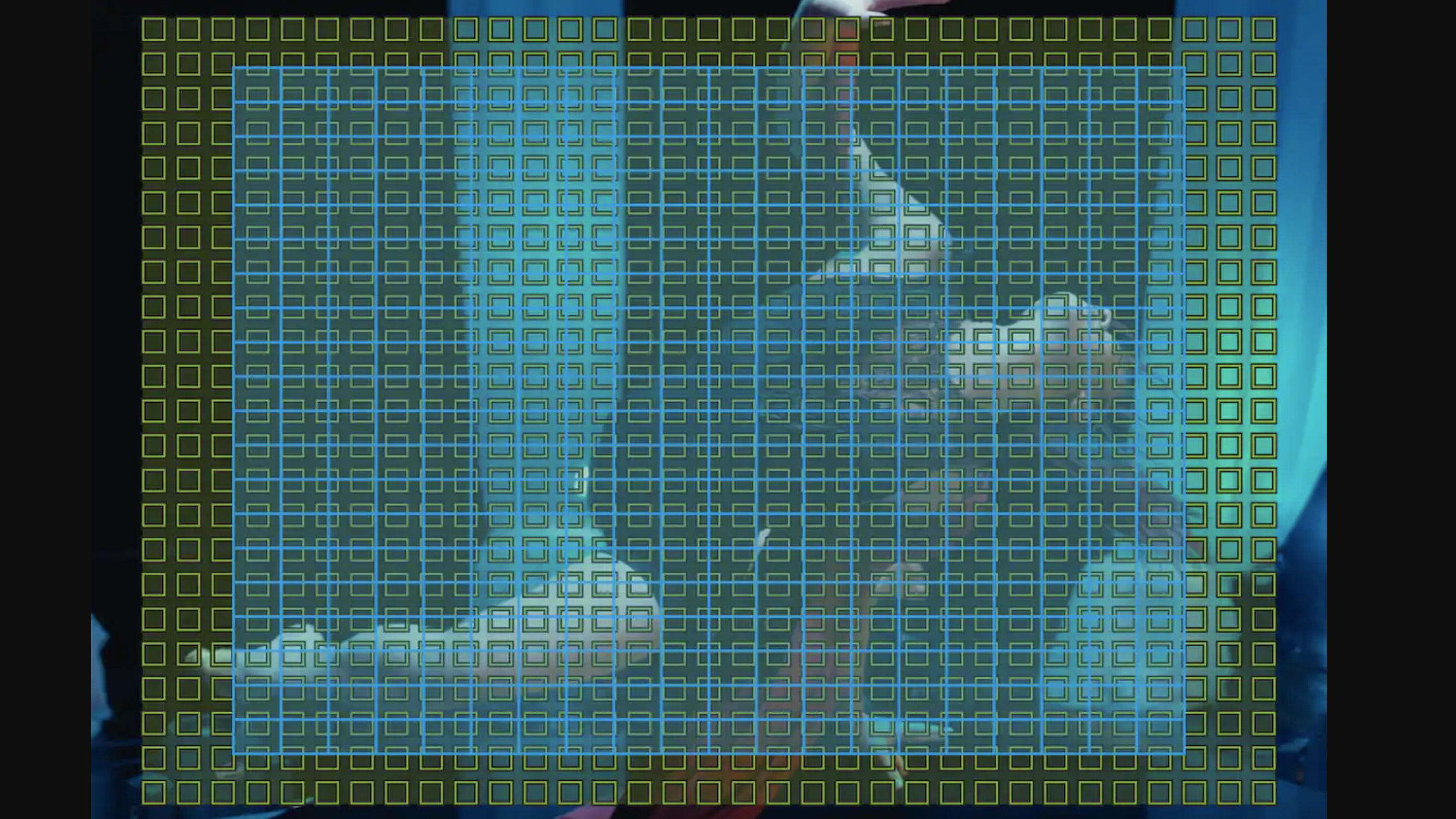
How about autofocus tracking? Canon has caught up with Sony here, offering Face, Eye and Animal AF tracking, and even Animal Eye AF for dogs, cats and birds.
We haven't yet fully tested the Canon EOS R5, but the Sony A7S III boasted some of the best autofocus performance we've seen in our tests, for both video and stills. You now have very granular control over the AF speed and responsiveness in video, along with Sony's incredibly tenacious touch-tracking.
Both cameras also claim to focus down to -6EV, which is an impressive feat for the Canon given it has a much higher-resolution sensor. We can't declare a winner here until we've fully tested the EOS R5, but it's fair to say these cameras have the two most advanced autofocus systems you can find in mirrorless cameras.
Sony A7S III vs Canon EOS R5 video
Here’s the big one. A comparison of these two cameras was always going to hinge on their video performance.
There are benefits to each, but the Sony A7S III seems the more consistent performer for real-world use. But let’s start with the Canon EOS R5’s highlights.
It can shoot 8K video, the Sony can’t, and there’s an 'HQ' 4K mode that downscales 8K footage to 4K, in order to squeeze a little more detail into each 4K frame.
You can also capture uncompressed 4:2:2 10-bit footage via HDMI, or 2,600Mbps raw footage in-camera.
Both of these beat the Sony A7S III, which has a maximum capture resolution of 4K and can only record raw video to an external recorder. That said, it can output 16-bit raw video via HDMI, which is pretty impressive.
On paper the EOS R5 seems like it should win. So why doesn’t it?
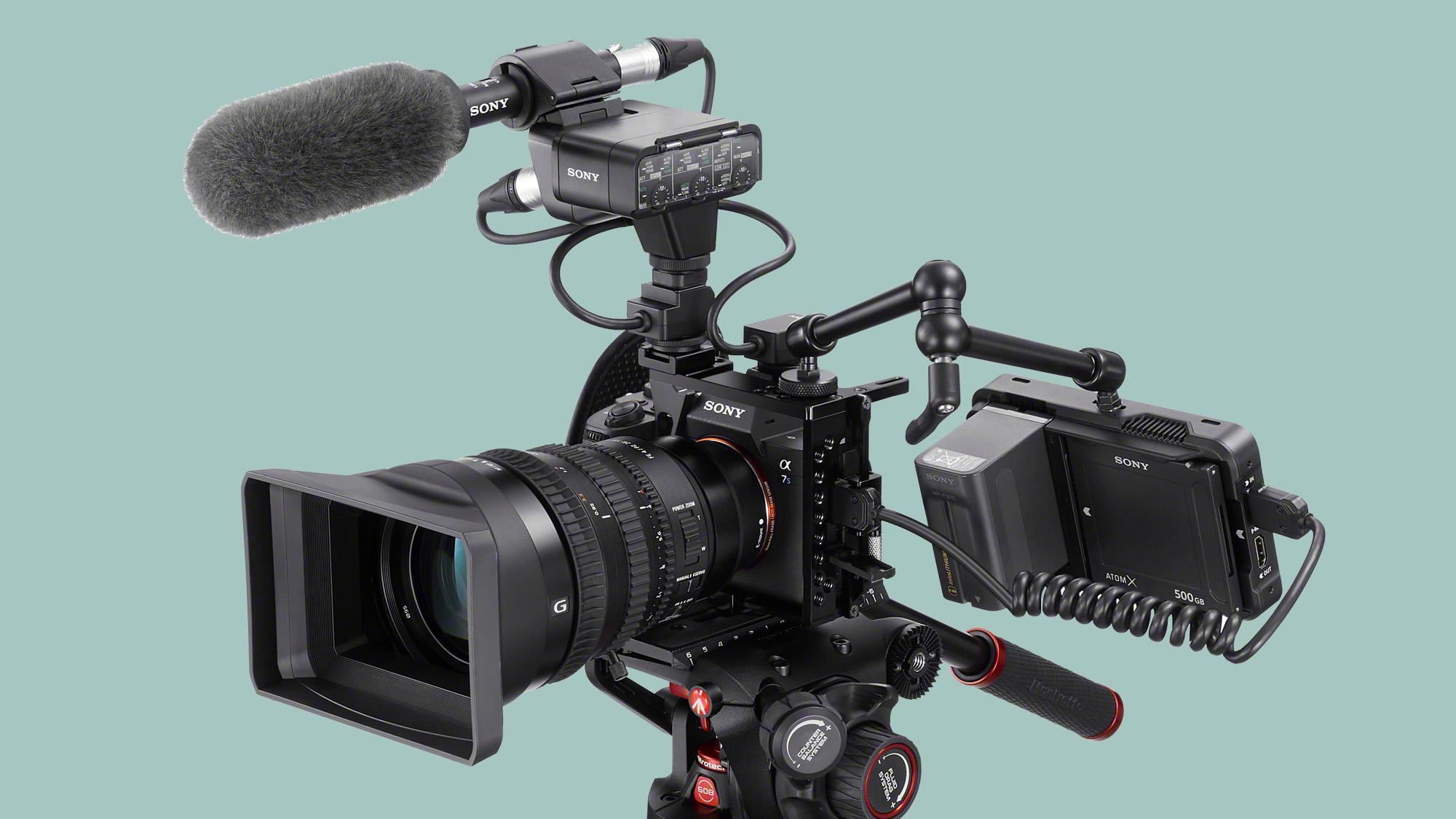
Overheating is a major practical consideration. We had no problems shooting at 4K resolution for over an hour with the Sony A7S III, but the Canon EOS R5 is only specced to manage around half an hour of HQ 4K, or under 20 minutes of 8K before needing to cool down.
4K/120fps mode, available in both cameras, is the worst-affected Canon EOS R5 mode, with a soft cap of 15 minutes.
These limits will, naturally, vary a little with ambient temperature. But you can read all of Canon's estimates in our EOS R5 and EOS R6 overheating story.
You can largely fix the EOS R5 using the non “HQ” 4K mode of the Canon EOS R5 at 30fps, but video won’t look as sharp as the Sony A7S III’s standard 4K. Whatever way you look at it, the Canon is not ideal for pro-level video capture.
The Canon R5 arguably has a better body for heat dissipation, including a metal back panel. But it also has to do far more computational leg work to spit out 4K and 8K video, due to its sensor.
The Sony A7S III uses a minor 1.1x crop when shooting at its high-speed 120fps mode, as this allows for a native 4K sensor read-out, and it can use the full-frame area at 30fps or 60fps if you don’t want a crop. This requires a good chunk of processing work too, of course, but there’s simply a lot less data to juggle when dealing with a 12MP than a 45MP one.
There’s also the classic Sony S-series benefit to consider. Lower sensor resolution at the same sensor size means the Sony A7S III has far greater natural light sensitivity, resulting in dramatically improved low-light performance.
Fewer worries about overheating and a cleaner, more detailed picture in low light makes the Sony Alpha A7S III more versatile for video. Even if it does not have the Canon’s eye-catching 8K video capture.
The Canon EOS R5 does have one other benefit. Its video stabilization is excellent, buoyed by its mind-blowing eight-step IBIS.
Sony did improve stabilization with the A7S III, adding an “active” mode that combines IBIS with software stabilization. It uses the sensor “rind” not seen when shooting with a 1.1x crop. It’s good, but our early experiences suggest the Canon’s IBIS is better still.
Sony A7S III vs Canon EOS R5 stills
Some who hoped the Canon EOS R5 would turn out to be almost messianic among mirrorless cameras are upset with how its video performance has turned out. But there are few complaints to make about its stills.
The 45MP sensor can shoot much more detailed images than the Sony A7S III. And as it also has amazing IBIS worth up to 8 stops, you can still comfortably use it handheld and see sharp results.
This also reduces the benefit of the Sony A7S III’s larger sensor pixels. Yes, images are likely to look better on the Sony at the same high ISO setting, once you factor out the idiosyncrasies in the ways different manufacturers actually handle ISO labelling, but the Canon's amazing IBIS will simply let you use slightly slower shutter speeds.
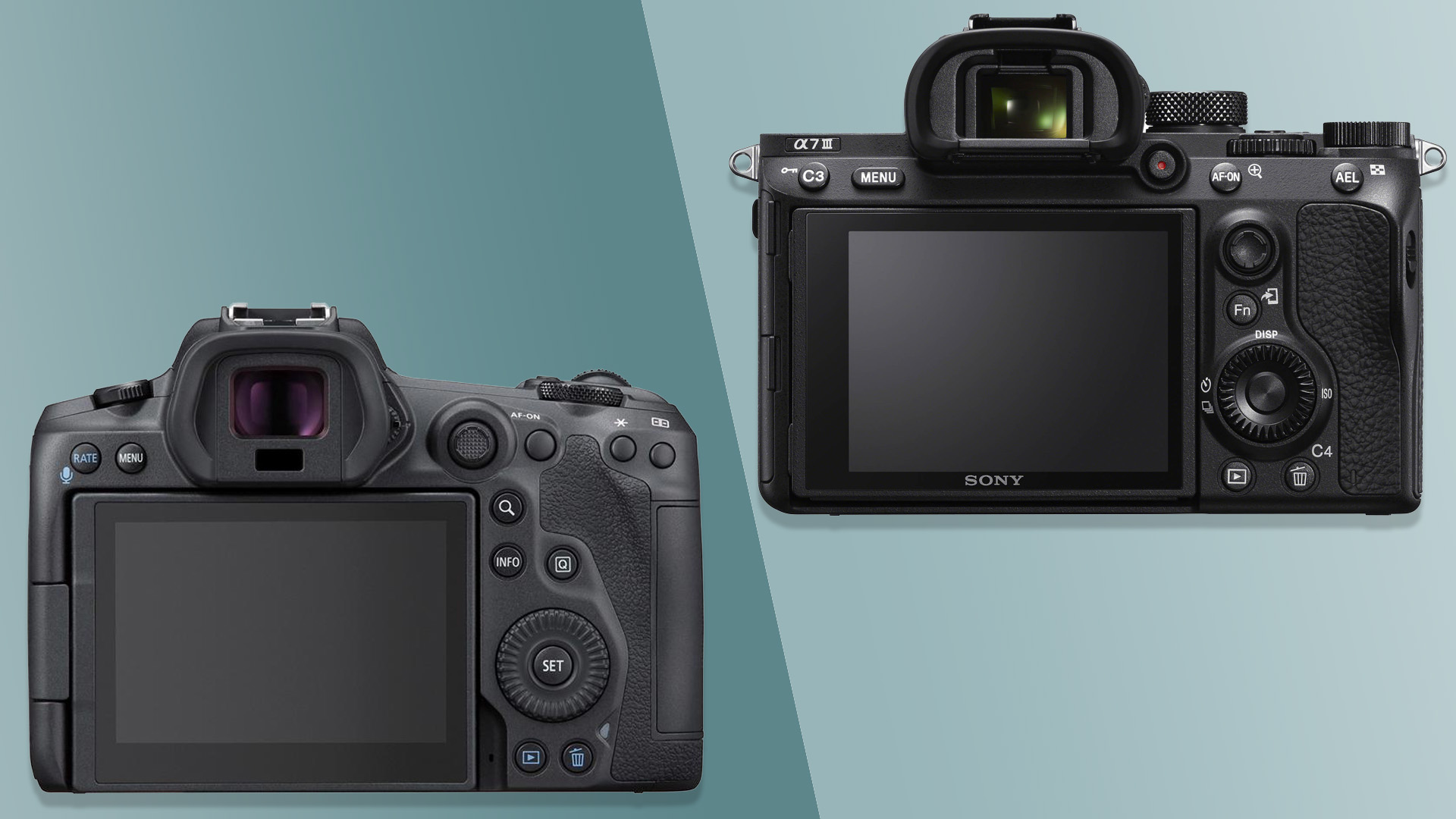
The only obvious benefit of the Sony A7S III is when shooting a subject in low light that just won’t work with a slower shutter speed. Anything in motion, in other words.
Despite the lower resolution, the Sony A7S III does not have any benefits in terms of burst shooting either. It taps out at a solid but hardly groundbreaking 10fps (with the mechanical shutter). The Canon EOS R5 can shoot at up to 12fps with the mechanical shutter, or 20fps with the electronic one. And that’s with continuous autofocus switched on.
This is quite an achievement for a camera with a 45MP resolution.
The Canon EOS R5 is a significantly better stills camera than the Sony A7S III for most purposes. But that is no surprise when Sony already makes other full-frame mirrorless cameras with a greater focus on stills, like the Sony A7R IV. The Sony A7S III is all about video, although its stills powers are certainly still good enough if you're mainly shooting for social media.
The A7S III's battery is rated for 95 minutes of video capture, or 600 stills. This is much better than the Canon R5’s 320 shots (LCD) or 220 shots (EVF), although Canon claims it lasts a minimum of 70 minutes, when shooting 8K video. This reaches over two hours down at Full HD.
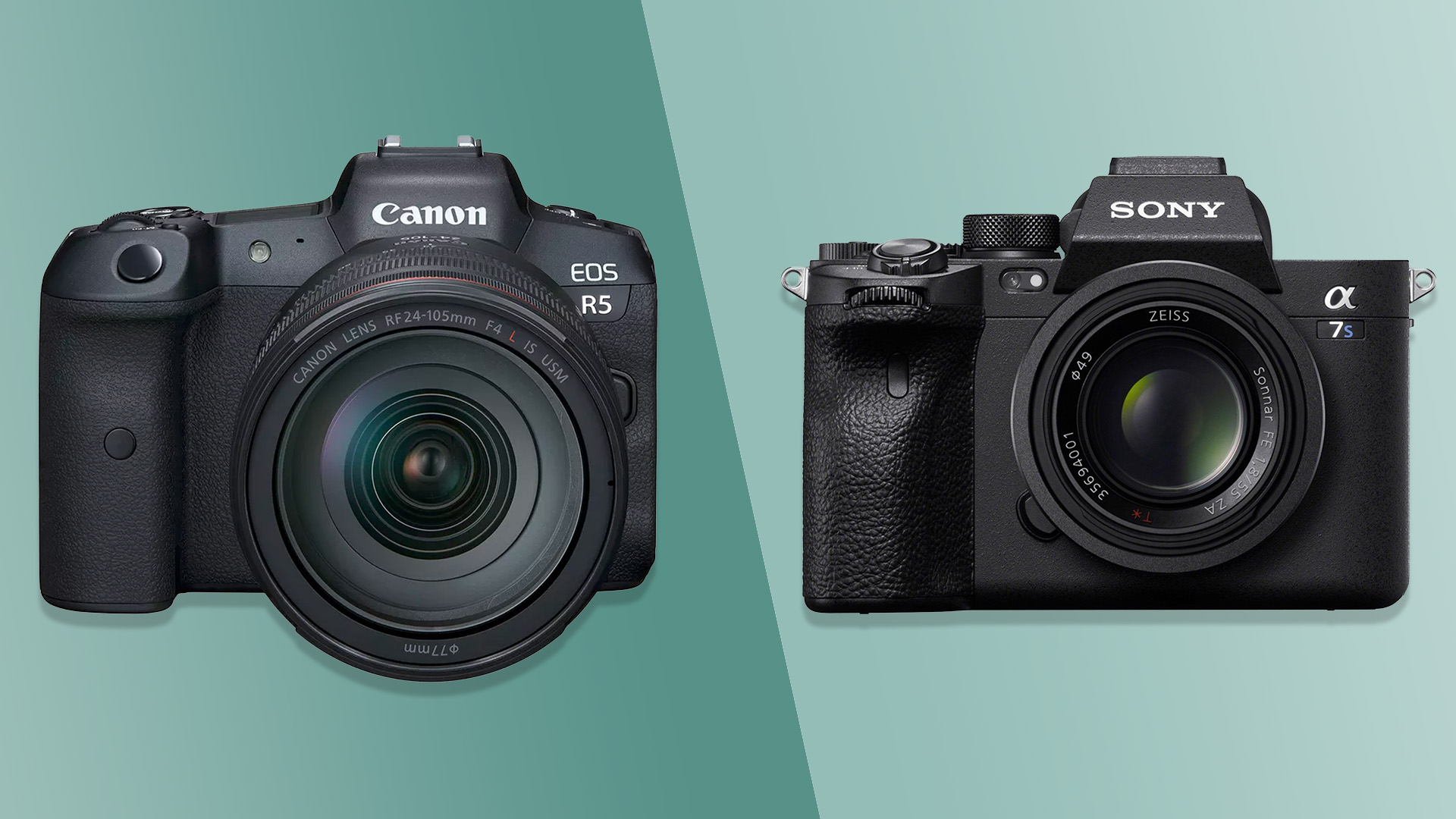
Sony A7S III vs Canon EOS R5 verdict
Did Canon over-reach with the EOS R5 in an attempt to make a mirrorless full-frame camera perfect for both video and stills? Perhaps.
While it has a whole stack of benefits, like 8K video, excellent stabilization, and 120fps 4K, they may all be undone by a tendency to overheat quickly. It won’t affect all who shoot video on a daily basis, but if you want to spend $3,500 on a camera, you want it to be able to handle just about all eventualities.
We’d trust the Sony Alpha A7S III out on a video shoot more, and that matters. The Sony also has much better low-light video performance, which was always going to be the case when the sensor pixels are so much larger.
Stills fans who shoot the occasional video for fun should definitely consider the Canon EOS R5, though. Its higher resolution means sharper images, and the superb IBIS plus ultra-fast burst mode make it an incredibly versatile tool.
- These are the best cameras you can buy right now
from TechRadar - All the latest technology news https://ift.tt/31zetZp

Post a Comment